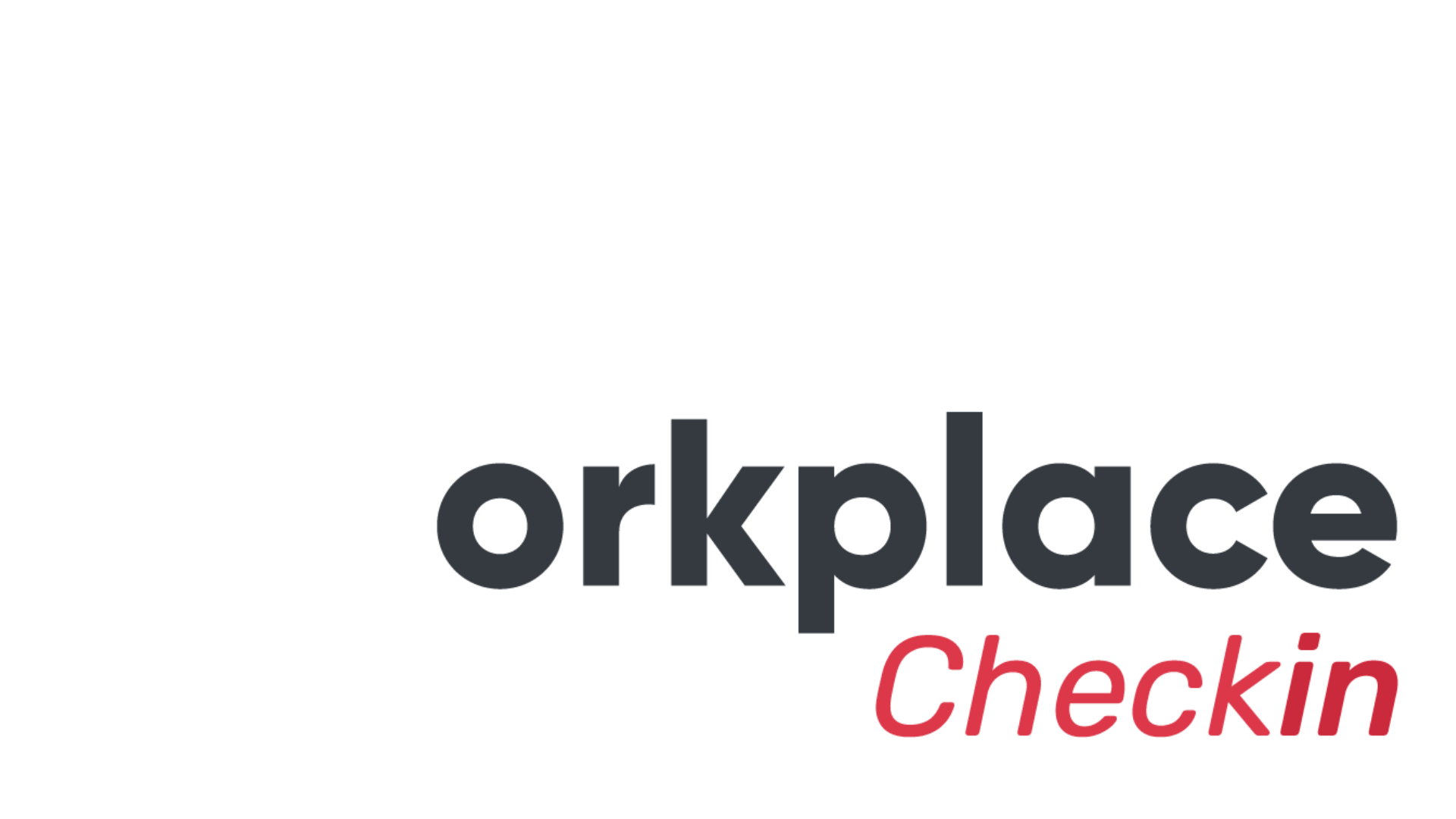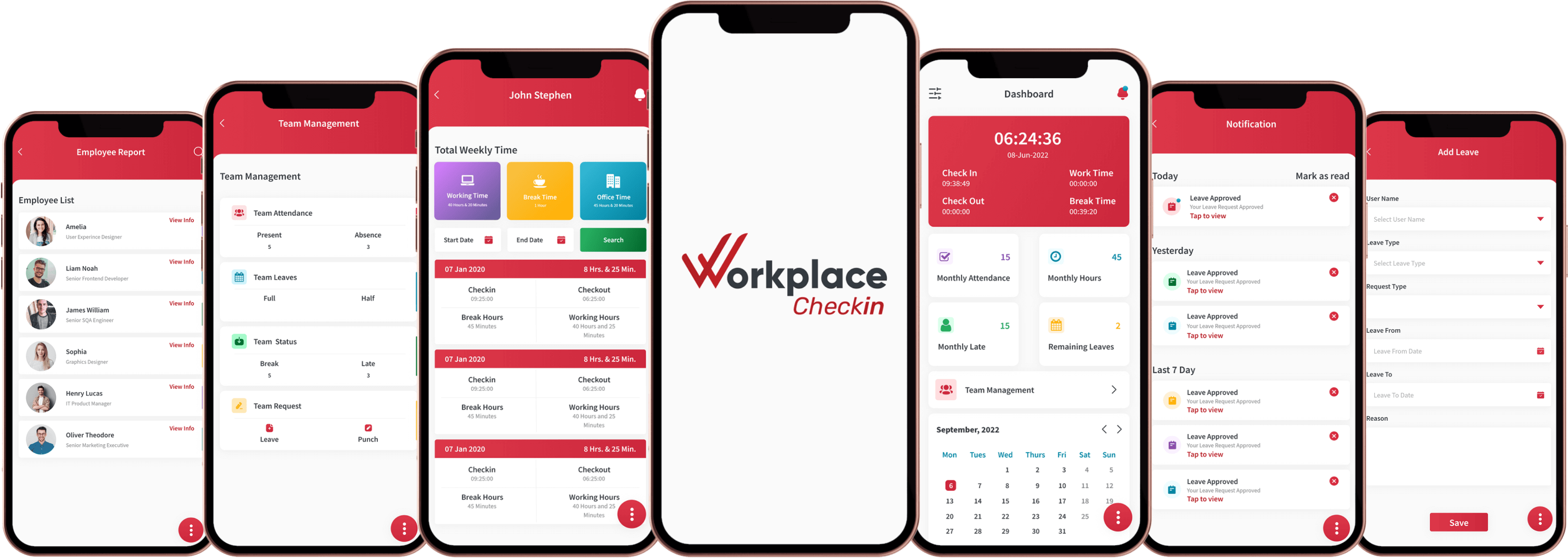

Building a Sustainable Workforce: Strategies for Succession Planning
In today's rapidly changing business landscape, organizations face the challenge of ensuring continuity and stability within their workforce. Succession planning plays a pivotal role in addressing this challenge by identifying and developing future leaders within the organization. By proactively grooming talent and ensuring a smooth transition of key roles, businesses can mitigate risks associated with leadership vacuums and maintain operational efficiency. In this blog, we'll explore the importance of succession planning and discuss effective strategies for building a sustainable workforce.
Understanding Succession Planning
Succession planning is a multifaceted process that goes beyond merely identifying potential replacements for key leadership positions. It involves a strategic approach to talent management aimed at ensuring organizational resilience, continuity, and long-term success. Let's delve deeper into the various aspects of understanding succession planning.
Definition and Importance
Succession planning is the systematic identification and development of individuals within an organization to fill key roles when incumbents vacate their positions due to retirement, promotion, or other reasons. It's not just about filling a gap when a leader leaves; it's about preparing the next generation of leaders to drive the organization forward.
The importance of succession planning cannot be overstated in today's fast-paced business environment. With demographic shifts, technological advancements, and evolving market dynamics, organizations face unprecedented challenges in talent management. Succession planning provides a proactive approach to address these challenges by ensuring a steady pipeline of skilled leaders capable of navigating change, driving innovation, and sustaining growth.

Key Components of Successful Succession Planning
Succession planning is a strategic process that involves several critical components to ensure its effectiveness in preparing organizations for leadership transitions and sustaining long-term success. Let's delve deeper into these key components:
Identifying Critical Roles:
One of the fundamental steps in succession planning is identifying the key roles within the organization that are crucial for its continued success. These roles typically include executive positions, senior management roles, and other positions with specialized skills or knowledge critical for achieving organizational objectives. Identifying these roles allows organizations to prioritize succession planning efforts and focus resources on grooming talent for these positions.
Assessing Talent:
Once critical roles are identified, the next step is to assess the talent pool within the organization to identify potential successors. This assessment involves evaluating employees based on their skills, experience, performance, and leadership potential. Objective assessments, such as performance reviews, talent assessments, and competency evaluations, help identify high-potential individuals who demonstrate the capability to step into leadership roles in the future.
Developing Leadership Capabilities:
Developing leadership capabilities is a cornerstone of effective succession planning. Organizations must invest in the development of high-potential employees to ensure they are equipped with the skills, knowledge, and experience required to succeed in leadership roles. This development may involve providing formal training programs, mentoring, coaching, and opportunities for stretch assignments or job rotations. By investing in the development of future leaders, organizations can ensure a steady pipeline of talent to fill key positions.
Creating Succession Plans:
Formal succession plans should be developed for each critical role, outlining the process for identifying and developing potential successors. These plans typically include a timeline for succession, development activities for potential successors, and contingency plans in case of unexpected leadership vacancies. Succession plans should be regularly reviewed and updated to adapt to changing business needs, talent dynamics, and market conditions.
Communication and Transparency:
Effective communication and transparency are essential components of successful succession planning. Organizations should communicate the importance of succession planning to employees at all levels and provide clear expectations regarding career development opportunities and advancement paths. Transparency in the succession planning process helps build trust among employees and ensures that potential successors understand their role in the organization's future success.
Integration with Talent Management:
Succession planning should be integrated with broader talent management initiatives within the organization. This integration ensures alignment between succession planning efforts and talent acquisition, performance management, and employee development processes. By integrating succession planning with talent management, organizations can create a cohesive approach to identifying, developing, and retaining top talent.

Monitoring and Evaluation:
Monitoring and evaluating the effectiveness of succession planning efforts is crucial for continuous improvement. Organizations should regularly assess the progress of potential successors in their development journey, identify any gaps or challenges, and make necessary adjustments to the succession plans. By monitoring and evaluating succession planning initiatives, organizations can ensure that they remain agile and responsive to evolving business needs.
In conclusion, successful succession planning requires a comprehensive approach that encompasses the identification, assessment, development, and monitoring of talent within the organization. By focusing on these key components, organizations can build a robust pipeline of future leaders and ensure their continued success in a dynamic and competitive business environment.
Challenges and Best Practices in Succession Planning
While succession planning is crucial for organizational continuity and success, it comes with its own set of challenges. Addressing these challenges requires a strategic approach and the implementation of best practices. Let's explore some common challenges and effective strategies for overcoming them:
Challenges:
Resistance to Change: Resistance to change is a significant barrier to successful succession planning. Incumbent leaders may be reluctant to relinquish control, fearing loss of power or relevance. Similarly, employees aspiring to leadership roles may resist change due to fear of uncertainty or lack of confidence in their abilities.
Lack of Diversity:
Many organizations struggle with a lack of diversity in their leadership pipelines. This lack of diversity not only limits the pool of potential successors but also hinders innovation and decision-making. Overcoming unconscious biases and promoting diversity and inclusion in succession planning efforts is essential for building a more resilient and adaptable leadership team.
Succession Planning Technology:
While technology can streamline the succession planning process, it also presents challenges. Some organizations may lack the resources or expertise to effectively leverage technology for talent management. Additionally, reliance on technology may lead to a disconnect between human judgment and data-driven decision-making
Best Practices:
Foster a Culture of Learning and Development:
Organizations should foster a culture that values continuous learning and development. Providing employees with access to training, mentorship, and coaching programs not only enhances their skills but also prepares them for future leadership roles. Encouraging a growth mindset and creating a supportive environment where employees feel empowered to take on new challenges are essential for overcoming resistance to change.

Promote Diversity and Inclusion:
Promoting diversity and inclusion should be a core component of succession planning efforts. Organizations should actively seek out and develop talent from diverse backgrounds, experiences, and perspectives. Implementing diversity training programs, establishing diverse interview panels, and setting diversity goals can help overcome biases and create a more inclusive leadership pipeline.
Invest in Leadership Development:
Investing in leadership development is critical for grooming future leaders. Organizations should provide opportunities for high-potential employees to gain exposure to different areas of the business, take on leadership roles in cross-functional projects, and participate in executive education programs. Tailoring development plans to individual strengths and areas for improvement can help maximize the potential of future leaders.
Align Succession Planning with Business Strategy:
Succession planning should be closely aligned with the organization's strategic objectives. Identifying key competencies and skills required for future success and aligning succession plans with business goals ensures that the organization is prepared to meet evolving challenges and opportunities. Regularly revisiting and updating succession plans in light of changing business priorities helps maintain alignment and relevance.
Promote Transparent Communication:
Transparent communication is essential for building trust and engagement in the succession planning process. Organizations should communicate openly with employees about the importance of succession planning, the criteria for identifying potential successors, and the opportunities for career development. Providing feedback and recognition for progress in the development journey helps motivate employees and demonstrates the organization's commitment to their growth.
Conclusion
Succession planning is not just about filling leadership vacancies; it's about building a sustainable workforce capable of driving organizational success now and in the future. By identifying and developing internal talent, organizations can reduce risks, foster innovation, and maintain a competitive advantage in today's dynamic business environment. By implementing the strategies and best practices outlined in this blog, organizations can build a robust succession planning framework that ensures continuity, resilience, and long-term growth.






